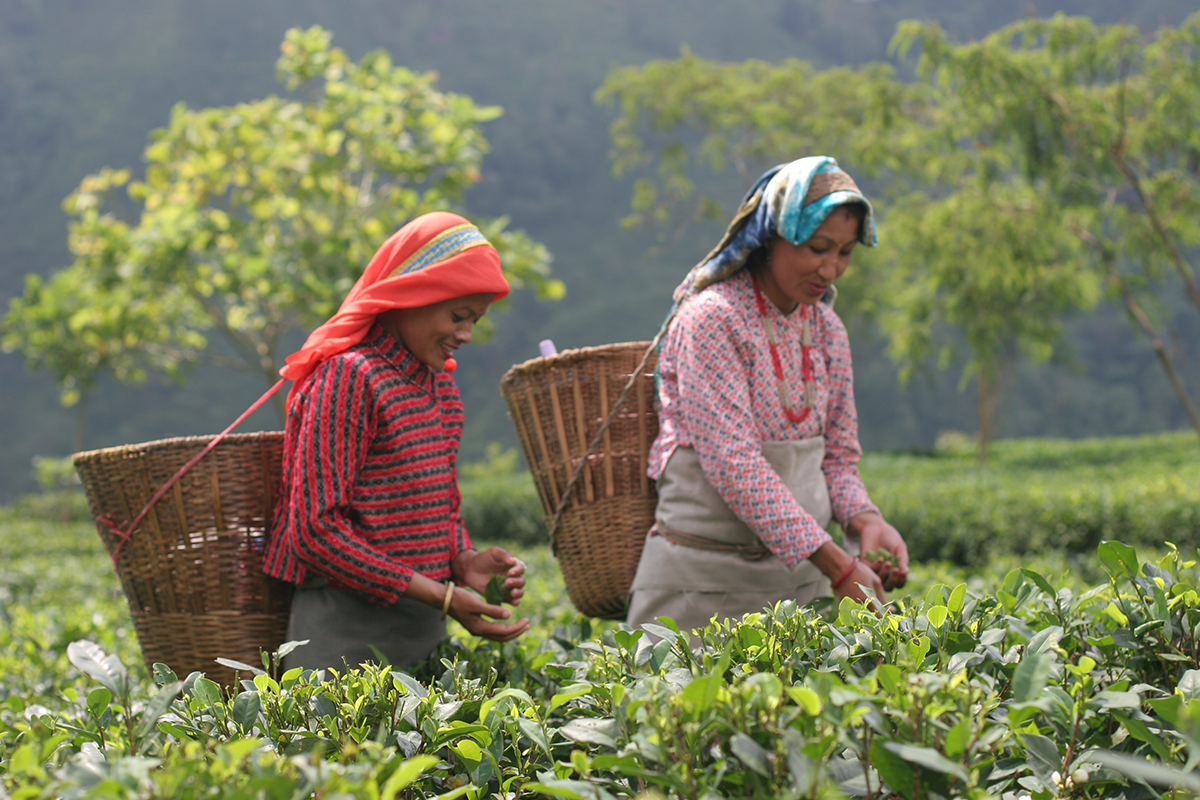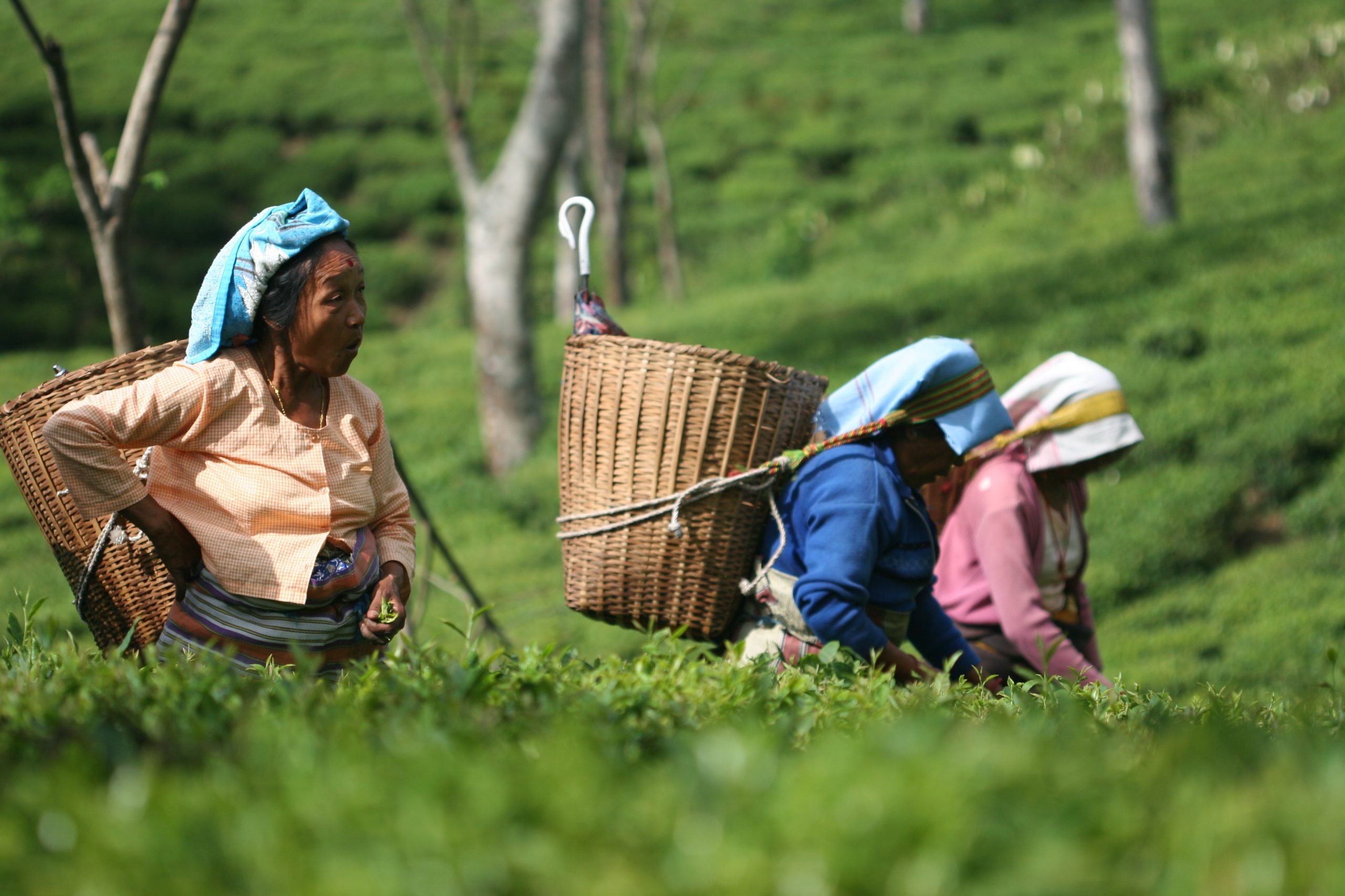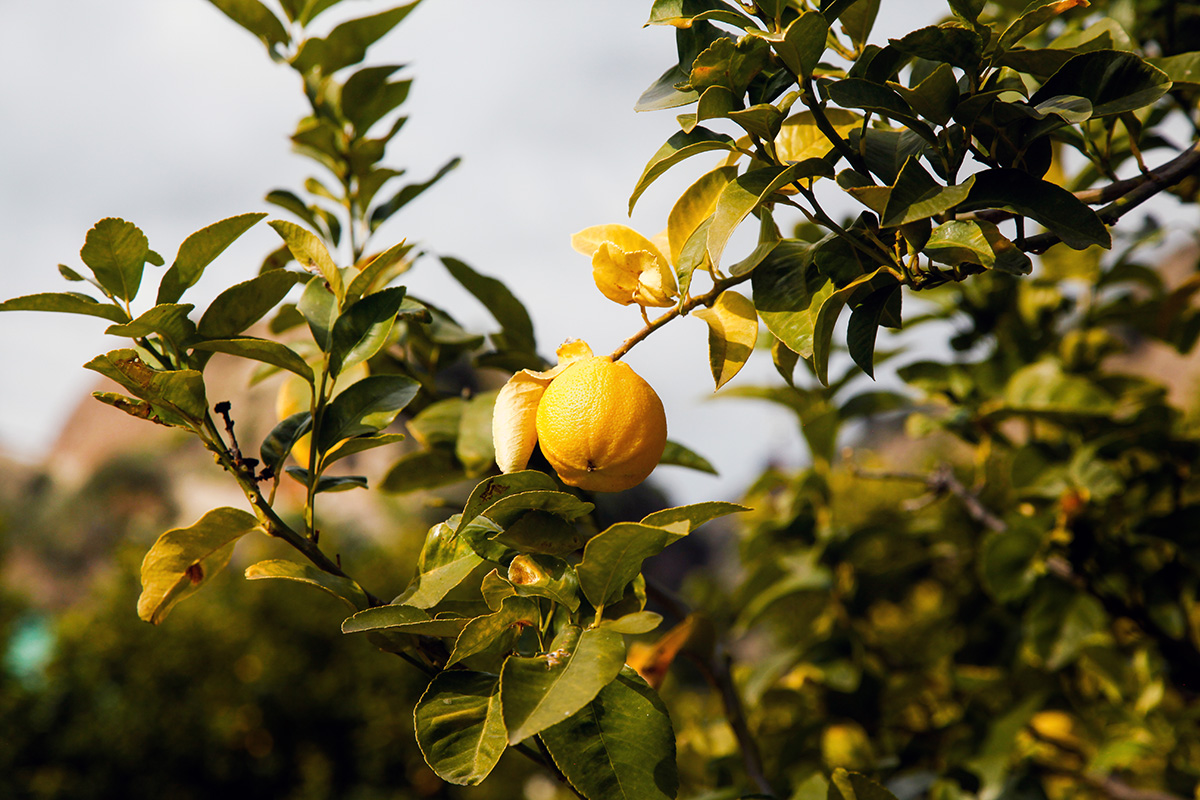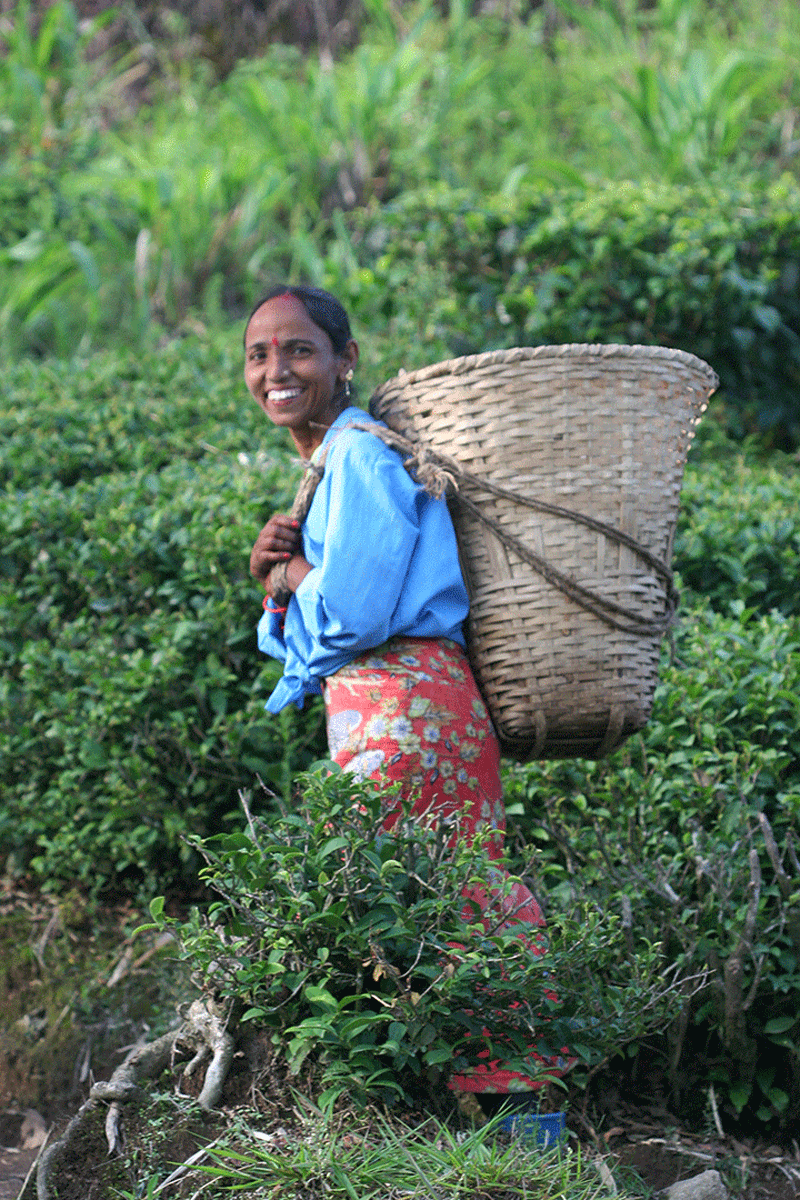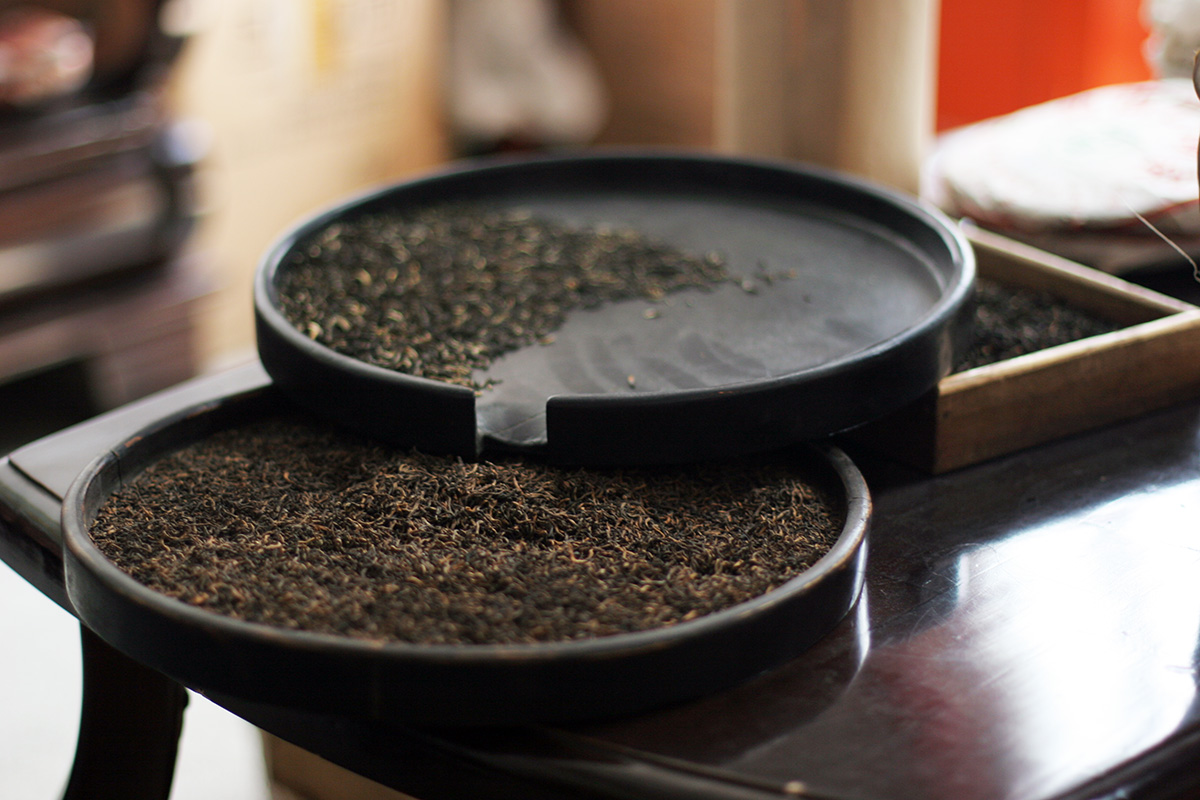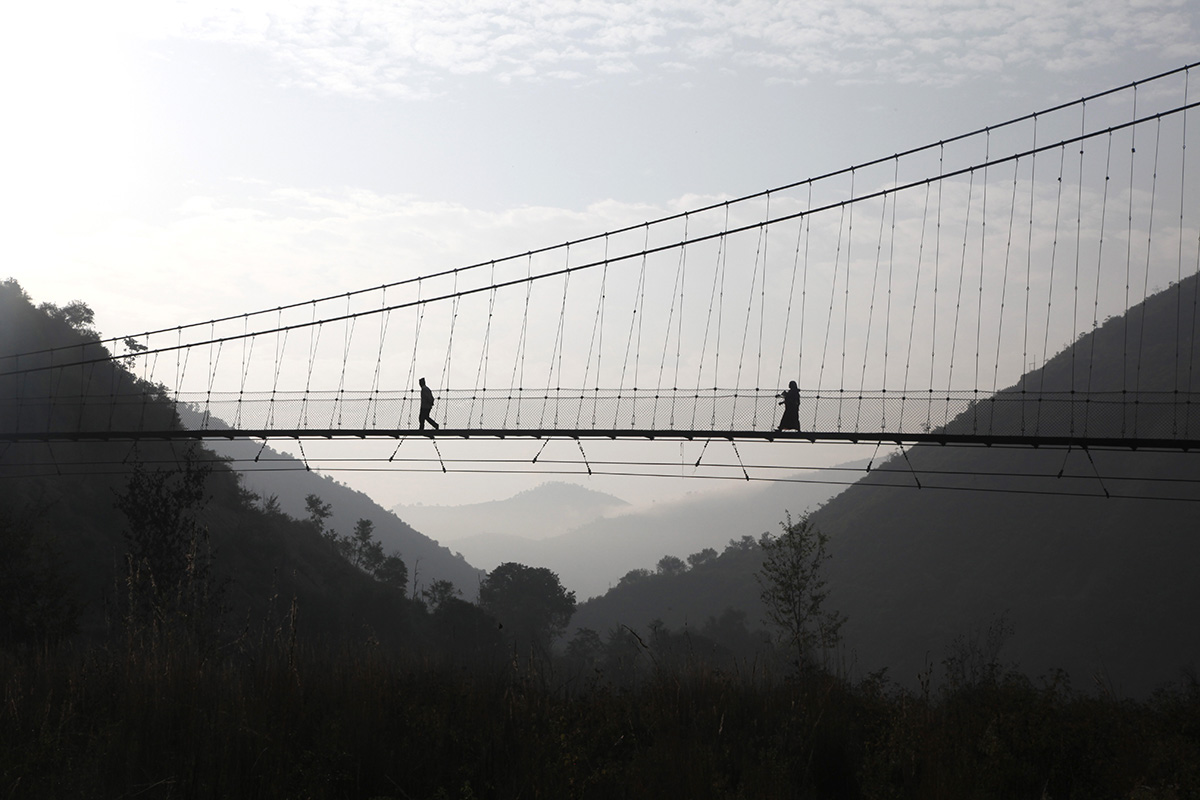In a turbulent world, it’s good to take time out for tea. As spring approaches, bringing with it the first flowers and fresh green shoots, let’s taste those that have just arrived from the Himalayas. The earliest Camelia sinensis plants are growing again on the foothills of this famous mountain range and the tea season is just beginning in Darjeeling. After a harsh winter and a long dormancy, the tea bushes are awakening. The youngest leaves picked from the end of each stem develop floral, almond and herbaceous aromas in the cup.
I’ve just bought a batch of Rohini Early Spring Ex 4 and of Millikthong Early Spring Ex 2. Once they arrive in France and are sent to the lab for analysis, according to our Safetea™* process, they will be available. These teas will offer a moment’s pause, the scent of spring, and a brief respite from the tumult of the world.
*Palais des Thés is committed to offering its customers only certified organically grown teas or teas that have been analysed in an independent laboratory to ensure they comply with European legislation.

